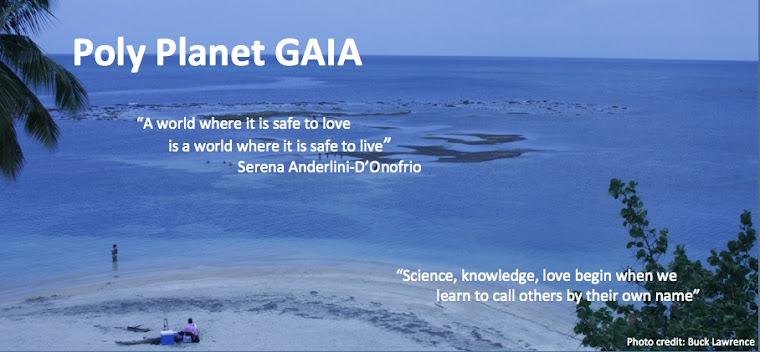MY GENDERLESS LOVE!
I don’t walk straight
Not even for the bait
I am merry yet not gay
I am bi and I can bay
But saying goodbye
Is not my hallmark
Yet you all smack
Like I always play
Our goal is acceptance
Where is the tolerance
I am not gay enough
To be enfolded
Not sufficiently lesbian
To be embraced
Do I even talk Trans
Can’t brace the rants
You preach diversity
As community necessity
Yet you sneer
While I leer
When in the mall
Yes I want it all
With the dick
I play and lick
And the boobs
Makes me smooch
The big breasted
Leaves me besotted
With the hermaphrodite
I am a smitten Aphrodite
With the pussy
I get all fussy
The shaven sight
To suckle all night
The pert bums
Makes me bowl
The bouncy balls
I love to maul
With the Pecs
I need no specs
I am bisexual, not a player
So don’t make me a slayer
Like you I choose my partner
It is a natural attraction
And not just a selection
A sex you choose
My love I embrace
It matters not the gender
All I want is tenderness
For my love is genderless.
By Yemisi Ilesanmi 17 March, 2011
Biographical Note
 |
| Yemisi Ilesanmi |
Yemisi Ilesanmi is a trade union/human rights activist. She has a Masters of Law (LLM) on Gender, Sexuality and Human Rights from Keele University, Stadffordshire, UK and a Law degree(LLB) from Obafemi Awolowo University ile -Ife, Nigeria. She works with the Nigeria Labour Congress . She has served on many national and International labour/ human rights committees including as Vice president of the International Trade Union Confederation (ITUC) 2006-2009 and President of the ITUC Youth committee (2004-2009)
Text originally published as a Note on Facebook, republished here with permission.










